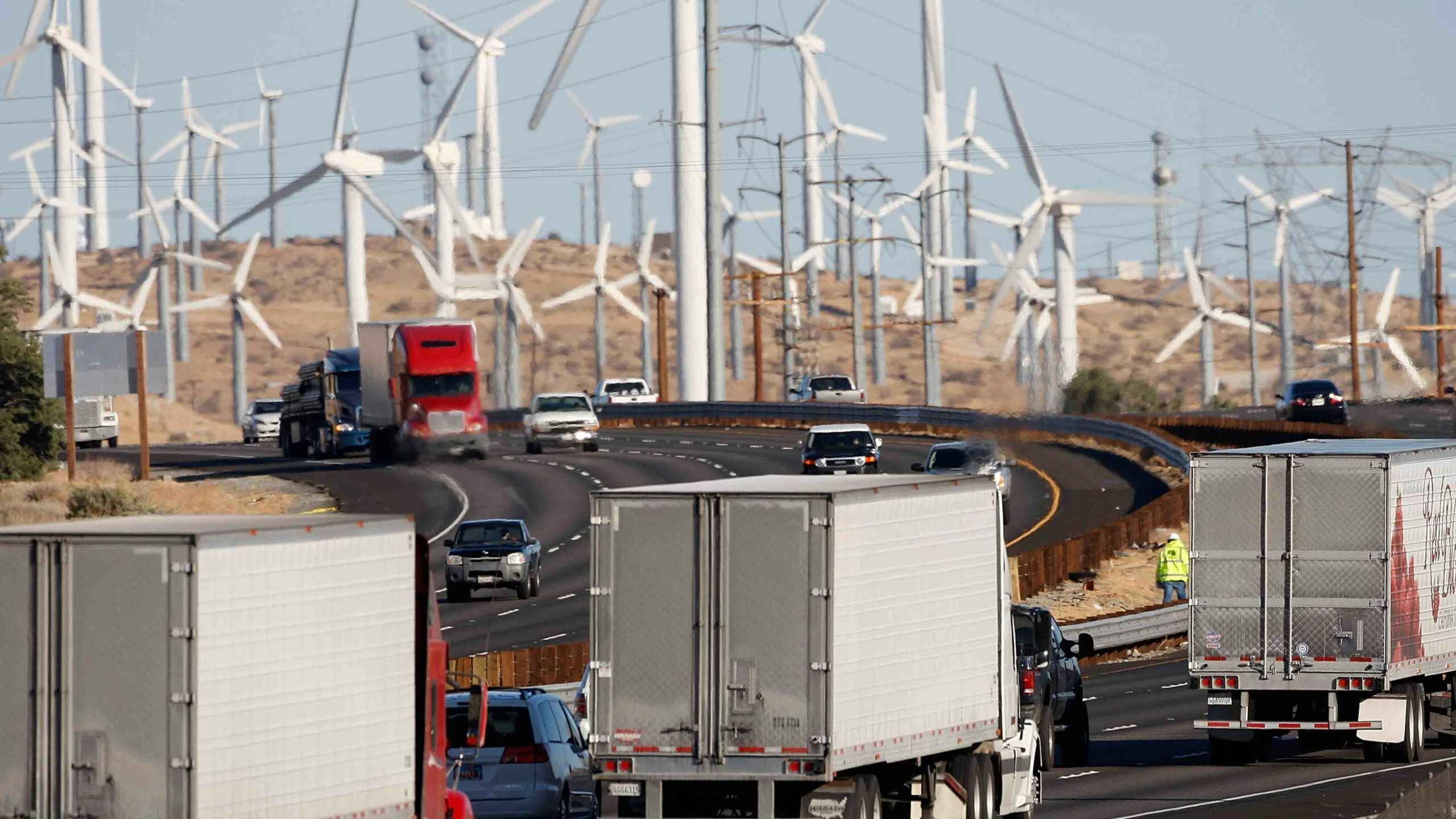When California’s grid supplier asked California residents to conserve electricity last week, a Wyoming power company was asking the same of its Wyoming customers.
The reason in both cases was the same: there isn’t enough power during peak times to supply Western states’ electricity demands during a record-setting heat wave.
California’s conservation warning came days after the state announced a 2035 mandatory switch away from most gas-powered vehicles. Wyoming has no similar legislation.
Bridger Valley Electric, which serves Mountain View, Lyman, and other Uinta County areas, posted Thursday to its Facebook page that it was “encouraging members to conserve power usage” from 1-8 p.m. Thursday through Saturday.
The conservation effort was “due to the heat event in the Western states,” the post continues. “This will relieve stress on the power grid and help with a lack of generation capacity.”
Neither Bridger Valley Electric nor its generator, Deseret Power, responded Wednesday morning to phone calls seeking comment. Deseret Power serves a portion of Wyoming, along with Utah and Nevada, according to its website.
‘We Can Do This’
The California Independent System Operator, a grid operator serving 80% of California, warned residents of the state last week to conserve power over the weekend. That warning has now been extended through Wednesday.
California Gov. Gavin Newsom also took to Twitter to ask Californians to conserve power to avoid outages.
“Record-breaking temperatures. More demand on our energy grid than ever before. But we avoided emergency power outages tonight. We can do this. If we keep it up we can get through this unprecedented heatwave,” wrote Newsom in a Tuesday post to Twitter.
‘Drill Baby Drill’
Newsom’s urging has faced backlash nationwide, as it comes days after California approved the governor’s executive order demanding that most vehicles be non-gasoline-powered by 2035.
“California, which will soon mandate you can only buy electric vehicles, is currently having rolling blackouts because their power grid can’t fulfill demand,” wrote conservative commentator and attorney Clay Travis on his Twitter account. “What happens when people can’t plug in their cars? The green new deal is a complete and total joke. Drill baby drill.”
Newsom on Wednesday countered the backlash in a press conference live-streamed to Youtube.com. He said California’s battery-storage and other grid conservation efforts have helped to prevent rolling blackouts this week that would otherwise have occurred.
“We now are fast-tracking the delivery of these projects… and that gives me much more confidence that we can meet the ambitious goals as we move to 2035.”
The Threshold
Of cars on the road nationwide, about 6% are electric, Tiffany Erickson, spokeswoman for Rocky Mountain Power, told Cowboy State Daily last week.
Rocky Mountain Power is another power company, which serves urban areas in Wyoming.
Erickson said the company, which serves Utah, Idaho, and Wyoming, is not expecting to have the same supply problems as California’s other power companies have reported amid the heat.
She also estimated that the grid nationwide could handle up to 50% saturation of electric vehicles across the car population. Between 16-18% of vehicles in California are electric right now, she said.
“Beyond that (50%) threshold, we’re planning a number of programs and initiatives like demand response and smart-grid technologies, that will build in some flexibility into the grid, so we’ll be able to support beyond that,” said Erickson. “We will be ready once we do hit that threshold.”
Demand response programs encourage consumers to use less electricity during high-demand hours, when generators also charge more for electricity per unit.
Two Rocky Mountain Power programs operating in Utah, but not Wyoming, include the Wattsmart and Cool-Keeper programs. The Wattsmart program allows consumers to install power-storing batteries, that store extra power during low-usage hours to be spent during the high-usage hours of 4-10 p.m.
The Cool-Keeper program allows consumers to have governing devices installed on their air conditioners, so that the power company can turn off their air conditioners for a few minutes at a time during high-use phases, such as heat waves.





